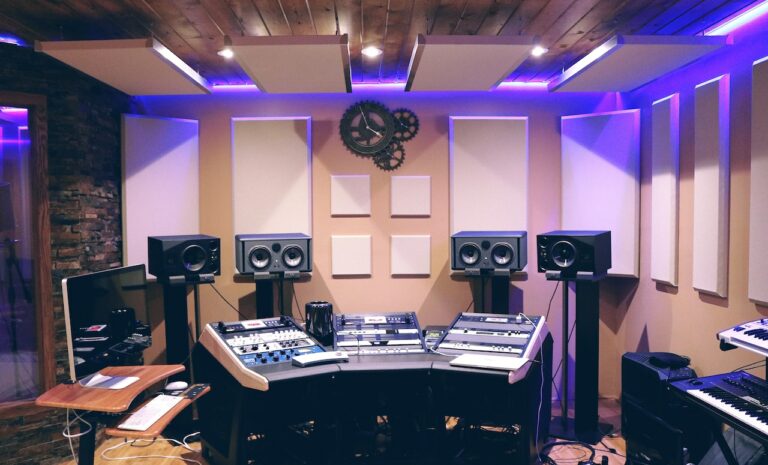The Role of Sound Design in Creating Immersive Film Experiences

The Sonic Architect: How Sound Design Builds Immersive Film Worlds
Film is a tapestry woven from image and sound. While the visuals capture our attention, it’s the soundscape that anchors us, imbuing the experience with visceral impact and emotional depth. Sound design, often overlooked, is the unsung hero shaping immersive cinematic experiences, transforming passive viewing into active participation. This exploration delves into the multifaceted role of sound design, revealing its power to sculpt emotion, enhance realism, and ultimately, transport audiences to another world.
Beyond Dialogue: The Symphony of Sound
Forget the notion of sound design as merely background noise. It’s a meticulously crafted sonic architecture, a symphony composed of numerous elements working in concert. From the subtle creak of a floorboard to the roar of a spaceship engine, each sound contributes to the overall tapestry. Consider the following key elements:
| Element | Role | Example |
|---|---|---|
| Dialogue | Drives narrative, reveals character | A whispered confession, a shouted command |
| Sound Effects (SFX) | Creates realism, enhances action | Footsteps on gravel, a door slamming |
| Music | Sets mood, underscores emotion | A soaring score during a triumphant scene |
| Ambience | Establishes setting, builds atmosphere | The hustle of a city, the quiet of a forest |
| Foley | Adds detail & realism to actions | The crunch of footsteps, fabric rustling |
These elements, when skillfully combined, create a sonic environment that resonates far beyond the screen. The absence of even a single carefully chosen sound can disrupt the immersive spell.
Sculpting Emotion Through Sonic Landscapes
Sound design isn’t just about clarity; it’s about emotional manipulation. A subtle shift in tone can drastically alter the audience’s perception. A low, rumbling bass can evoke fear and unease, while bright, high-pitched sounds might suggest excitement or joy. The skillful manipulation of sound frequency, intensity, and timbre allows sound designers to sculpt the emotional arc of a film, enhancing the impact of visual storytelling. For instance, a seemingly mundane scene can become deeply unsettling with the introduction of dissonant sounds or unsettling silence.
Enhancing Realism: The Art of Believability
Immersion hinges on believability. Sound design plays a crucial role in creating a convincing illusion of reality. Precise and realistic sound effects can transport audiences to specific locations, making them feel as if they are present within the film’s world. The meticulous recreation of environmental sounds – the distant hum of traffic, the chirping of crickets, the gentle lapping of waves – adds layers of depth and realism, making the narrative more engaging and believable. This attention to detail is what distinguishes a truly immersive experience from a merely watchable one.
The Power of Silence: Strategic Absence
Silence, often overlooked, is a powerful tool in the sound designer’s arsenal. Strategic use of silence can amplify tension, create anticipation, or underscore the emotional weight of a scene. A sudden cut to silence after a climactic moment can be far more impactful than any sound effect, leaving the audience suspended in a state of heightened awareness. The masterful deployment of silence is a testament to the subtlety and artistry of sound design.
The Collaborative Process: A Symphony of Skills
Creating a truly immersive soundscape requires collaboration between various specialists, including sound editors, recordists, mixers, and composers. This team effort ensures that every sonic element contributes to the overall narrative. The sound designer acts as the conductor, orchestrating these disparate elements into a cohesive and compelling soundscape. Their expertise transforms the raw audio recordings into an emotional and immersive sonic experience.
The Future of Immersive Sound: Beyond Stereo
The evolution of audio technology is continually pushing the boundaries of immersive sound. The transition from stereo to surround sound, and now to more advanced formats like Dolby Atmos and Auro-3D, allows for a far more encompassing and realistic sonic environment. These advancements allow for the precise placement of sounds in three-dimensional space, further enhancing the sense of presence and immersion for the viewer. The future of film sound holds immense potential for even more breathtaking and realistic sonic experiences. As technology continues to evolve, the role of sound design in crafting immersive cinematic worlds will only become more critical.

